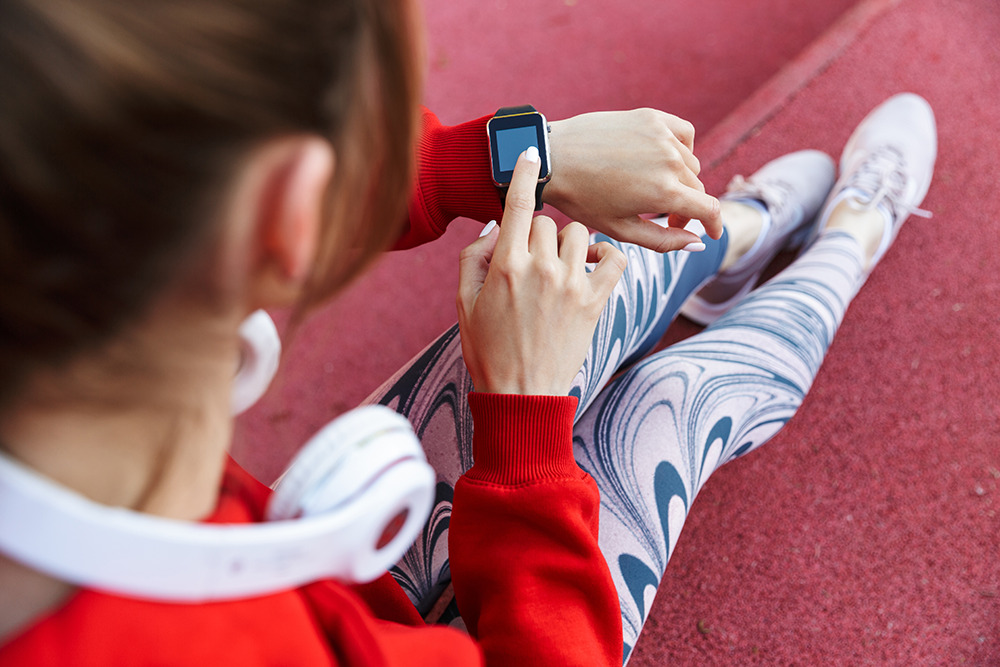Wearable Smart Devices: More Than Your Heart on Your Sleeve
Wearables are smart devices worn on your body/clothing that connect to the Internet and transfer information to other smart devices, computer programs, or apps. These can include some of the more familiar ones, like fitness devices or smart watches, but also embraces other options within the category, including footwear, clothing, jewelry, and more.
According to the MRI-Simmons Digital Life Study, released in October, 48% of adults 18+ have some sort of wearable, with overall device ownership slightly more popular among men (51%) than women (49%).
So who’s wearing what? For the most part, men have adopted this trend more than women by a relatively small margin. However, women are slightly more likely to have a fitness device than men (index 105 vs 95), whereas men are more likely to have smart wearables like footwear (120), eyeglasses (114), camcorders (114), jewelry (114), and cameras (113).
What’s driving the use behind these wearables? Tracking health and fitness is the leading reason, with 46% of all adults saying this (42% of men and 51% of women). Streaming music is also popular, slightly more so with men than women, who say they use wearables to set timers, alarms, and reminders, and like that their wearables connect with their other smart devices.
While wearables do have a decent adoption rate across adults 18+, we wanted to find out from users what kinds of features would increase their usage of wearables. Men were more likely (index: 110) to be looking from more devices that were not just for health and wellness, whereas women were more likely to respond with “nothing” (Index 119), indicating that the current crop of wearables tends to fit in with their lifestyle and needs. Overall, men and women said that less expensive devices, more comfortable to wear, and “all the features I want available in one device” are the features that would drive usage most.
Finally, with the holiday gift-giving season approaching, people may be looking into buying new wearables for themselves or others. Nearly 1/3 of adults say they’d be interested in purchasing smart eyeglasses or fitness devices, followed by camcorders and footwear. Men have a preference for smart clothing (index 112), while women are more likely (index 126) to say none of the above.
The MRI-Simmons Digital Life study, one of our Focus Studies, provides insights into Americans’ use of mobile phones, social networking, instant messaging, blogging, gaming, online video/audio, and dozens of other traditional and emerging media channels to provide unprecedented media research insights. With this comprehensive study on digital life in the US, users can get a well-rounded view of usage of different media devices, activities, and channels to identify media behavior and the motivational drivers of consumers, develop a complete profile of modern technology and media consumers using over 60,000 data elements measured in the robust MRI-Simmons USA Study, and gain insight into activities including blogging, binge-watching, and gaming, along with continual updates on the next generation of media devices and behaviors.
For more information on our Digital Life study, click here or get in touch with us here.



